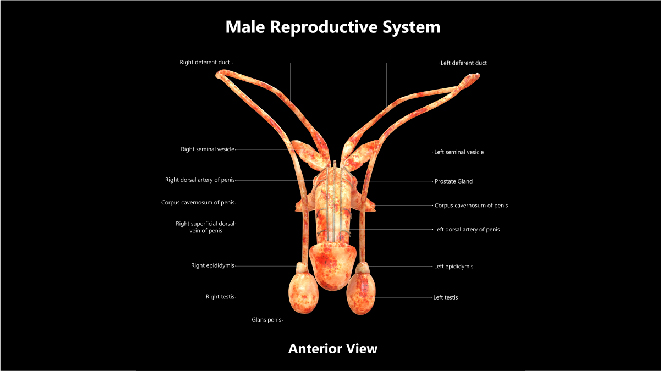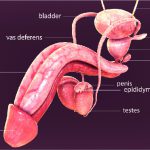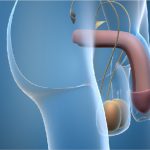Testicular cancer is the cancer in the testicles, the male reproductive organ that makes hormones and sperm. To learn more about testicular cancer, read here.
How is testicular cancer staged?
Staging standardizes the process of describing how much the cancer has spread in the body and this is an important step to determine the best course of action for the disease. Most cancers that have tumours are staged using a staging system called TNM system. For staging testicular cancer, this system is slightly modified to account for level of tumour markers. Read more about testicular cancer staging here.
Stage III testicular cancer:
Stage III testicular cancer is identified in the testicles and has also spread to lymph nodes and organs distant from the testicles. This stage of cancer is also referred to as metastasized testicular cancer. The tumour marker levels of patients having stage III testicular cancer are abnormally high.
Stage III of testicular cancer is broadly categorized into three stages:
Stage IIIA:
In this stage, the cancer has spread beyond the nearby lymph nodes and testicles. The tumour marker protein is slightly higher than normal levels.
Stage IIIB:
Moderately higher levels of tumour marker proteins indicates stage IIIB of testicular cancer. At this stage, the cancer is metastasized, which means it has spread to nearby and distant nodes or to the lungs also.
Stage IIIC:
This stage is also known as stage 4 of testicular cancer. Here, the cancer is highly metastasized and is spread to other distant organs as well. The serum tumour marker levels can be very high.
Treatment for stage III testicular cancer:
The treatment is based on whether the testicular cancer is seminoma or non seminoma, though factors like medical history and tolerance of the patient play a role too.
Stage III of testicular cancer cannot be efficiently treated by one particular treatment. Surgical treatments are used in resecting the tumours along with other treatments to restrict the growth and kill the cancer cells in the body. Following are the treatment options for stage III testicular cancer.
Treatment for stage III seminomas:
- Surgery for resecting tumours, followed by combination on chemotherapy.
If the cancer is not completely cured, surveillance is done for the presence of absence of tumours. Incase tumours are present, a PET scan is done after two months of treatment to remove them. - Clinical trial of chemotherapy.
Treatment for stage III nonseminomas:
- Surgical procedures to remove the tumours followed by chemotherapy to kill the remaining testicular cancer cells in the body.
- Chemotherapy followed by surgical procedures. In a few cases, if the cancer is still not treated completely, a second dose of chemotherapy post surgery has to be started, depending on the follow-up results.
- Combination chemotherapy prior surgical procedures is done if the testicular cancer is in a very advanced stage.
Survival rate:
The 5 year survival rate is the number of patients, for every 100 diagnosed, who have survived 5 years after being diagnosed, represented in percentage.
Stage III of testicular cancer is a very metastasized form of cancer. It has a moderate survival rate of 80%, which means 80 out of every 100 men diagnosed with testicular cancer in stage III have survived.
Compared to other stages of testicular cancer, stage IIIC of testicular cancer has a low survival rate of 70-80%. This is because the cancer that has spread to other organs can cause complications in those organs as well.
The survival rate of the cancer completely depends on the type of treatment the patients have been given among other factors. Read about the treatment options of testicular cancer here




